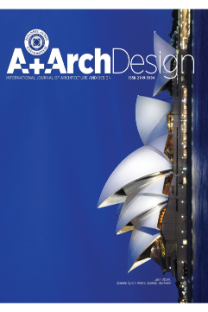Design and Analysis of Reinforced Concrete Buildings with Base Isolator
In this study, the behavior of the base isolation system and the classical fixed based building system were investigated. The rules taken into consideration during the design phase are taken from the 2018 Turkish Building Earthquake Code. The results of the building model which was designed in two different ways with base insulators and built-in supports, were compared. In the first model, 7-storey hospital building is designed and modeled as fixed base support. The same building is then designed with Lead Rubber Isolator. In the time-history analysis, the acceleration records of the earthquakes were performed. The results obtained from the analysis of time-history were compared in tables and graphs.
Keywords:
Base Isolation System earthquake regulations, forces,
___
- [1] Kösedag, B., 2002. Seismic Isolation in Structures, Yıldız Teknik University.
- [2] Aydın, A., 2005. Design of Earthquake Proof Structures. Seismic isolation and Energy Absorption System.
- [3] Naeim, F., Kelly, J. M., 1999. Design of seismic isolated structures: from theory to practice. John Wiley & Sons.
- [4] Tezcan S.S., Cimilli S., 2002. Sesismic Base Isolation BOUN. HEF, İstanbul.
- [5] Erkal A., Tezcan S.S., 2002. Seismic Base Isolation and Energy Absorbing Devices.
- [6] URL-1. http://www.bridgebearings.org/product/lead-rubber-bearing.html, last accessed on 15 December 2018
- [7] URL-2. http://www.oiles.co.jp/en/menshin/building/menshin/products/fps/, last accessed on 15 December 2018
- [8] URL-3. http://www.dis-inc.com/, last accessed on 15 December 2018
- ISSN: 2149-5904
- Başlangıç: 2015
- Yayıncı: İstanbul Aydın Üniversitesi
